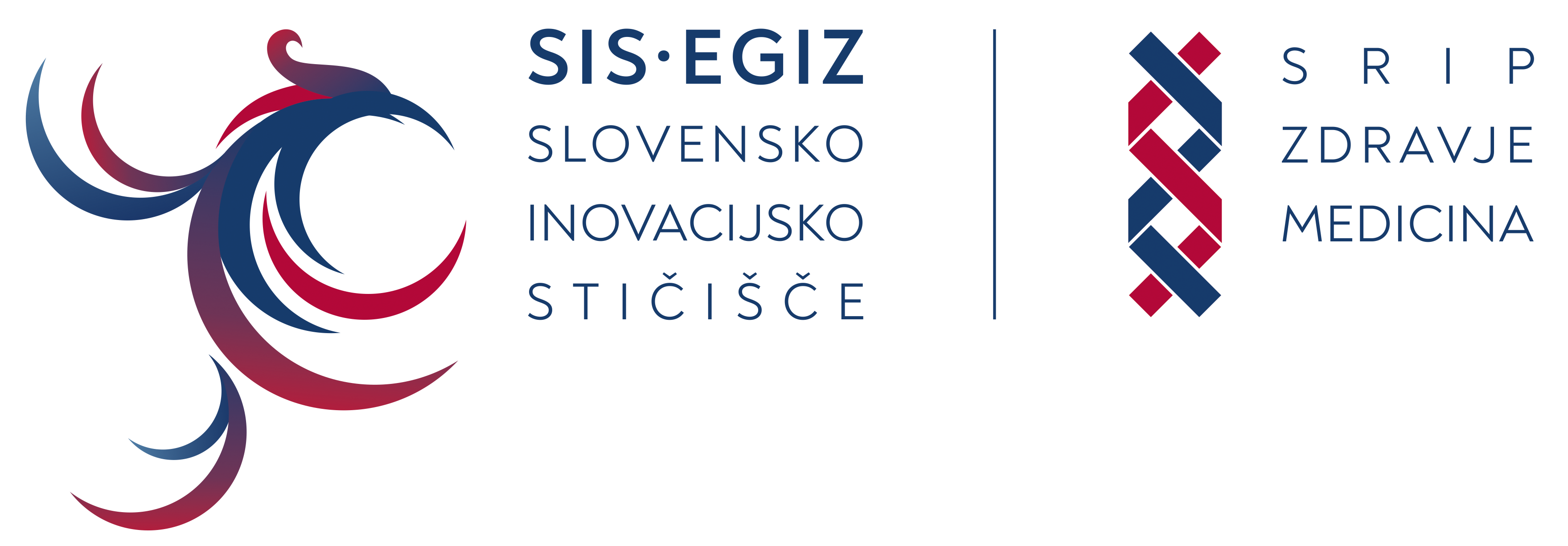The project Senior Eco Nect made its debut this week in an online public kick off event. With over 50 participants from stakeholders and partners from France, Ireland, Spain, Slovenia, Belgium in attendance, partners shared details of how they are contributing to the idea of accelerating the development of what is known as the silver economy – a market for active healthy aging products and services.This new project builds on previous innovation focused actions of IN4AHA and aims to define an action plan for developing the silver economy on a larger continental scale.
According to project leader Caroline Weste from Eurasante (lead partner), the Senior Eco Nect project pursues 2 goals: supporting the emergence and interconnection of different European ecosystems dedicated to the silver economy and second – to unlock the full economic potential of said sector.
Specifically this means the project starts by connecting partners and sharing experiences and doing deep dives into the numbers and mechanics of this emerging industry and then transitions into writing up an actionable recommendation list for the EU Commission.
“A second phase will lead to the real goal of the project. That is to prepare a ration of the joint action plan. And we will write a five year action plan that will be implemented by the consortium partners after the project ends and we will have the engagement of all the real relevant stakeholders for this joint action plan.” explained Weste.
EU Commission representative Irina Kalderon Libal provided an overview of existing efforts to digitalize and strengthen support for older citizens, with most of the previous work focused on the health and medical domain. Also highlighting that there is no “ministry for aging”. “But all ministries must to some extent take into account the demographic change that comes in Europe and how to help citizens and political and member states also deal with it. Not only economically but also socially. And we also published a green paper on aging and lastly, they slipped out in September. The Commission also published an “European care strategy” added Kalderon Libal.
The new project goes beyond these fields and seeks to find other areas where innovation and technology can improve the quality of life, not just for the oldest but all people above 50 or 60 years of age. Project partners Eurasante (France), MTU (Ireland), SIH EEIG (Slovenia), CSG (Spain), EPSI and ENAT shared ideas during the meeting. Stane Pejovnik of SIH summarized the proposal of establishing an “academic village”, a new category of living space that serves both as a living lab for new technology and a hub for retired intellectuals and academics who can still contribute experience and wisdom.
Helen McGurk from Munster Technological University shared that their organization is focusing on silver economy Innovation, infrastructure, decent work and economic growth, quality education, and how these areas are interconnected. They also do entrepreneurial skills training for people over 65 and are executing an action aimed at supporting a silver economy for SMEs. “We are thrilled to have our colleagues from the sports and social science department working with us on this project, also tourism and hospitality” added McGurk.
Gisela Garcia-Alvarez from Cluster Saúde de Galicia (CSG) said their region has more than 30% of its 2.7 million population who are older than 65 years, including 1.500 ladies over 95 who are still perfectly functioning in different villages. CSG is located in the northwest of Spain with a good climate and mild working countryside. With their living lab scenarios and projects they do not focus only on technology. They are using insights gained from their experience with a larger elderly population to predict problems other countries could engage with in 10 years time. Garcia-Alvarez shared an example about a new law just passed on co-living spaces.
Panos Papageorgiou from EPSI presented opportunities in sports for the aging population. According to a recent EU statistic 45% of people over 55 years are inactive. This can be addressed with a silver economy strategy. Including providing the right messaging as well as improving medical treatment, rehabilitation, sports tourism, sport events formats and even recommend changes in the constructions of sports venues. All this signals that the “sports sector will be a vivid actor of the European ecosystems dedicated to the silver and aging economy”, says Papageorgiou.
Ivor Ambrose from ENAT, the European Network for Accessible Tourism, highlighted the need to reach through to the silver economy and make tourism accessible and inclusive for everyone.
ENAT is bringing tourism stakeholders and especially the businesses in tourism and national authorities around the table with disability and aging organizations of disabled people and older people and others who are struggling to find good offers in the tourism ecosystem. They have almost 300 members and many partners around the world but especially in Europe, they’re working now with many tourist boards, but also tourist enterprises.One in five people in Europe are over 60, they take from six to seven trips a year and have most discretionary income. They are very often more active and youthful nowadays than they used to be. This makes the senior market attractive to businesses and will be one of the focus areas when designing the action plan for the silver economy.
The next stop on Senior Eco Nect’s agenda are workshops on working group priorities, starting in November.
–
For more information on Senior Eco Nect visit https://www.senior-eco-nect.com/

